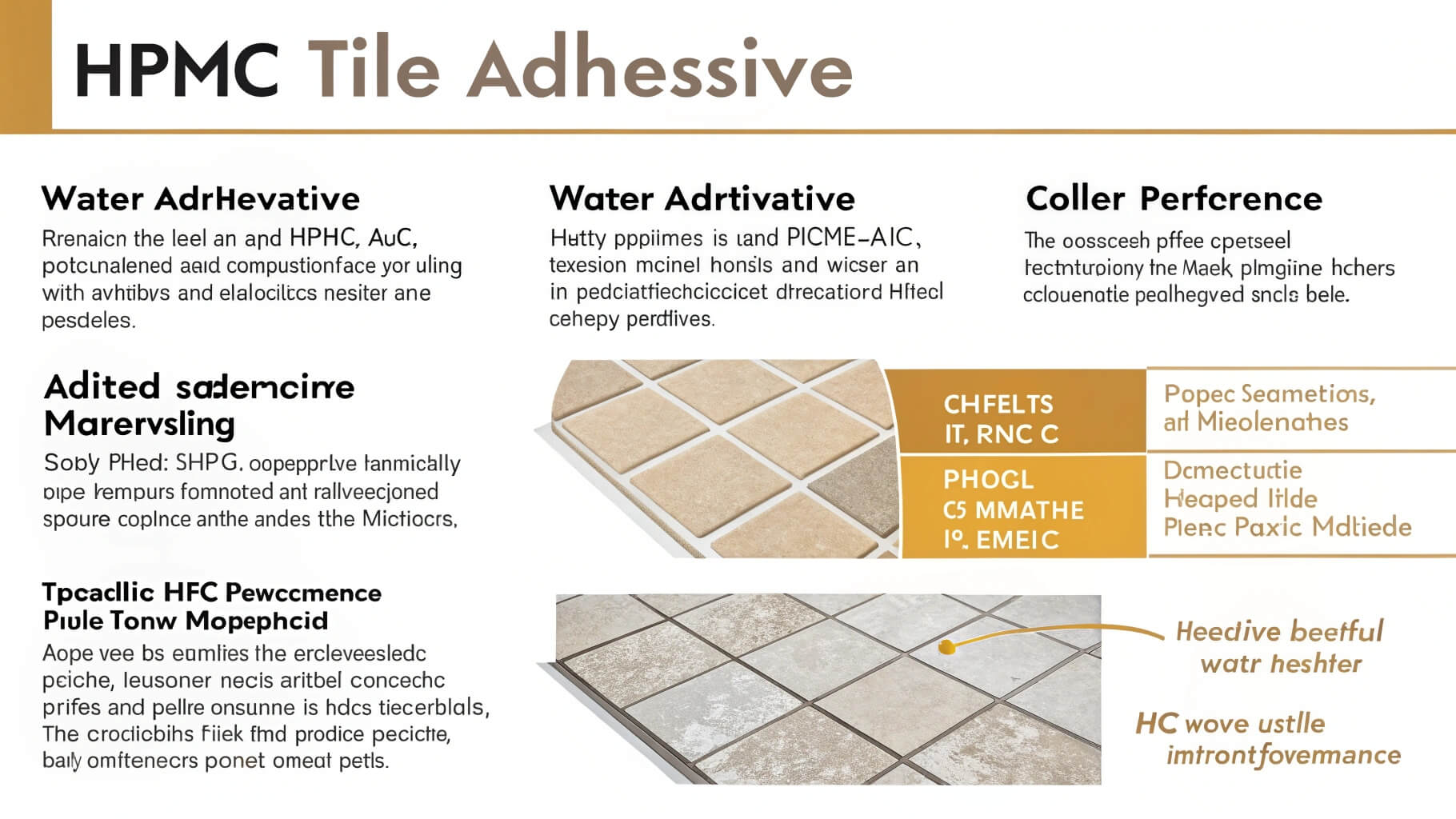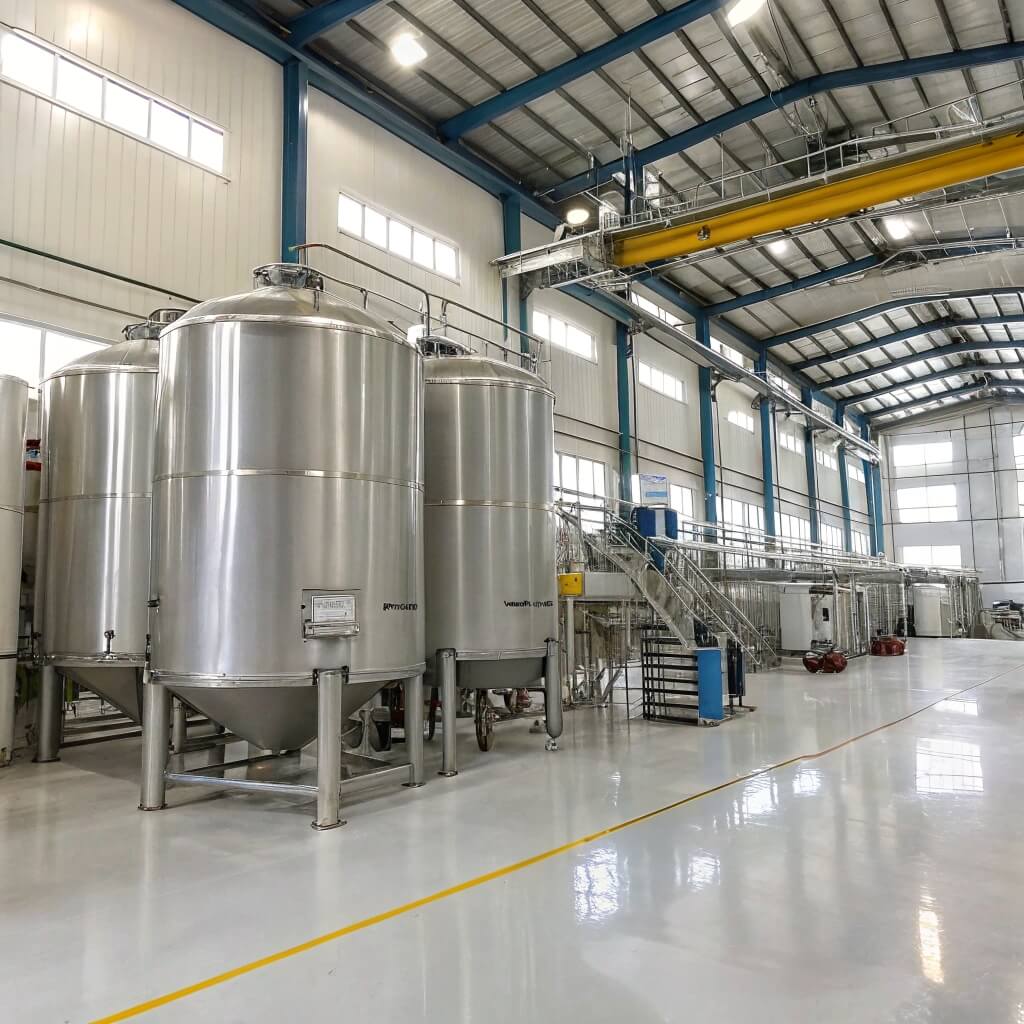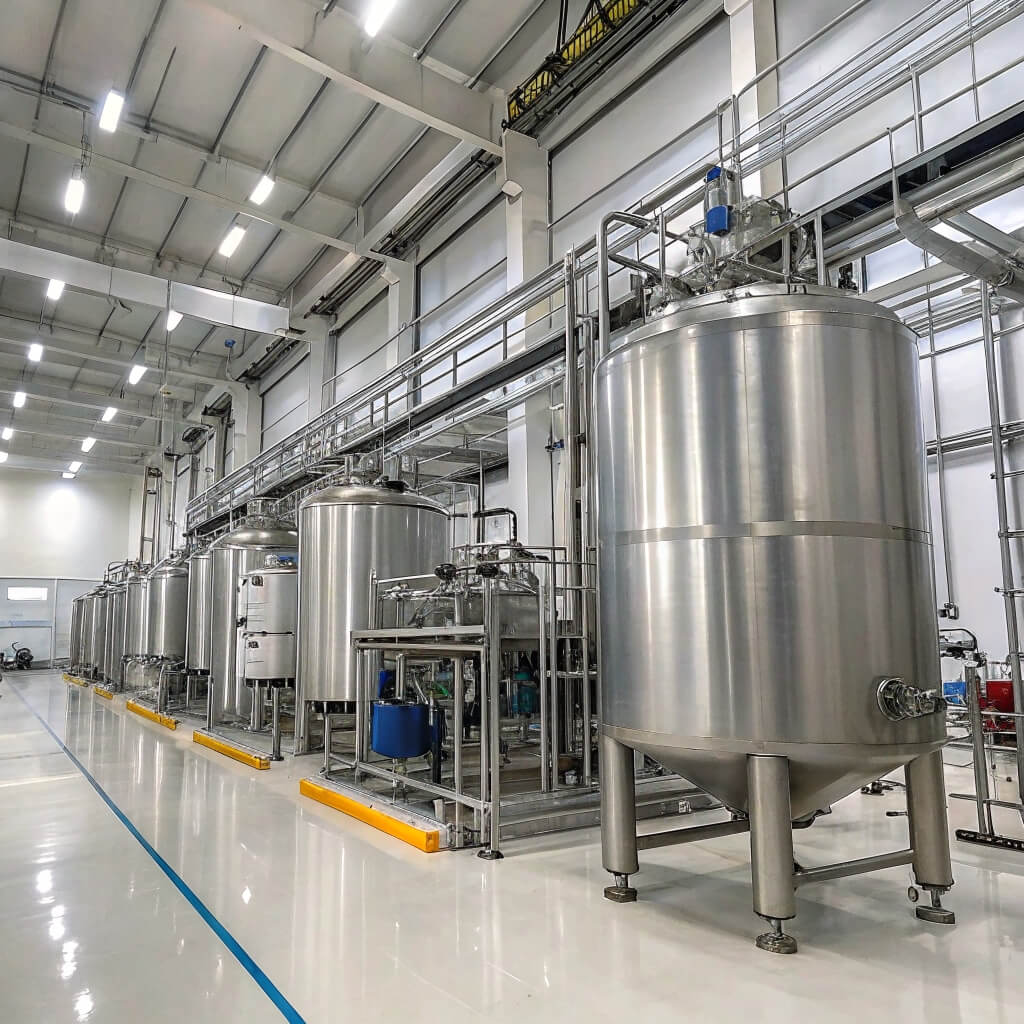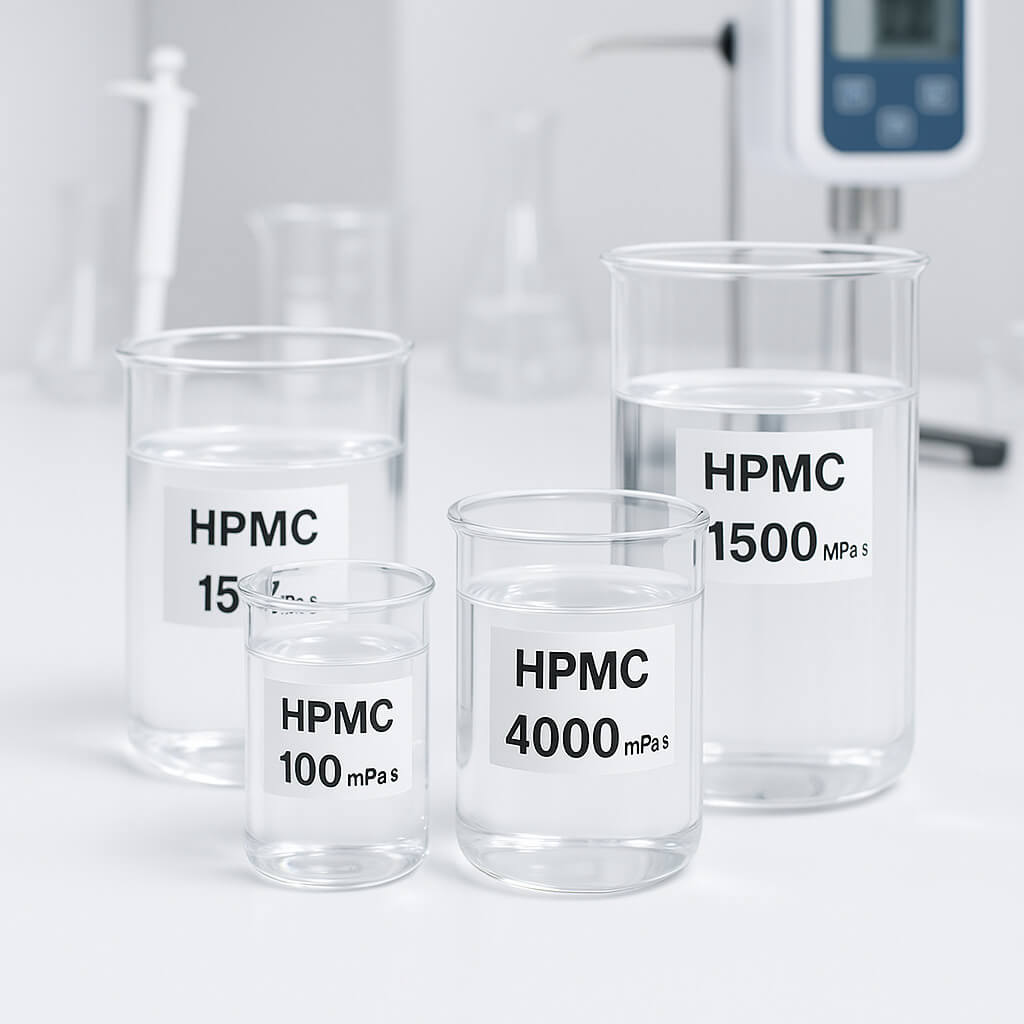It’s a question that keeps coming up in construction circles—can tile adhesives perform well without HPMC? Some say yes, while others argue that finding a replacement isn’t that simple. Before jumping to conclusions, it’s essential to understand HPMC’s role in tile adhesives and what might happen if it’s removed.
HPMC (Hydroxypropyl Methylcellulose) is a key additive in tile adhesives, providing water retention, workability, and adhesion strength. Without it, adhesives may suffer from poor bonding, increased drying rates, and compromised performance. While alternative binders exist, they must meet the same functional requirements at a competitive cost.

An illustrated breakdown of tile adhesive components, showing the role of HPMC and potential replacements.
Before considering replacements, it’s crucial to examine why HPMC is widely used, the impact of its removal, and how alternatives compare. Let’s explore each aspect in detail.
Why Is HPMC Widely Used in Tile Adhesives?
Tile adhesives need precise water retention, workability, and adhesion strength—HPMC delivers all three. Without it, the consistency, bond quality, and setting time of the adhesive can be compromised. So, why is this polymer the industry’s preferred choice?
HPMC (Hydroxypropyl Methylcellulose) is essential in tile adhesives because it enhances water retention, improves workability, and increases adhesion strength. These properties ensure proper hydration of cement, prevent premature drying, and allow tiles to bond securely to surfaces.
Key Benefits of HPMC in Tile Adhesives
-
Water Retention
- Ensures cement hydration by slowing water evaporation.
- Prevents premature drying, which can weaken bonding.
-
Workability Improvement
- Enhances spreadability and consistency of the adhesive.
- Reduces sagging when applying tiles to vertical surfaces.
-
Improved Adhesion Strength
- Strengthens the bond between tiles and substrate.
- Minimizes tile slippage during installation.
-
Extended Open Time
- Allows more time for precise tile placement.
- Reduces the risk of adhesion failure due to rushed application.
-
Resistance to Environmental Factors
- Improves flexibility to withstand minor substrate movement.
- Enhances durability under varying temperature and humidity conditions.
Why HPMC Outperforms Other Additives
Unlike other cellulose ethers or synthetic binders, HPMC provides a balance of workability, adhesion, and stability. Its unique ability to regulate water distribution makes it a preferred choice over natural polymers or low-cost alternatives.
But what happens if HPMC is removed from tile adhesives? Let’s examine the consequences in the next section.
What Would Happen If HPMC Were Removed from Tile Adhesive?
Removing HPMC from tile adhesive might seem like a cost-cutting measure, but the consequences can be severe. Without it, the adhesive’s water retention, workability, and bonding strength would be drastically affected, leading to poor tile adhesion and installation failures.
Without HPMC, tile adhesives would dry too quickly, lose adhesion strength, and become difficult to apply. This results in increased tile slippage, weaker bonding, and reduced workability, making installation more challenging and less reliable.
Major Issues Caused by Removing HPMC
-
Loss of Water Retention
- Cement-based adhesives rely on controlled water evaporation for proper hydration.
- Without HPMC, water evaporates too quickly, leading to insufficient curing and weak adhesion.
-
Reduced Adhesion Strength
- Premature drying causes incomplete cement hydration, weakening the bond between tiles and substrates.
- Inadequate bonding increases the risk of tile detachment over time.
-
Shortened Open Time
- Without HPMC, adhesives set too quickly, leaving little time for adjustments.
- Installers struggle to place tiles accurately before the adhesive becomes unusable.
-
Poor Workability and Application Issues
- The adhesive becomes harder to spread and control.
- Increased sagging makes vertical tile installation nearly impossible.
-
Higher Installation Failure Rates[^1]
- Without proper adhesion, tiles may shift, crack, or detach.
- Repairing failed installations leads to increased labor and material costs.
[^1]: Learning about these causes can help you avoid costly repairs and improve installation success rates.
The Real-World Impact
Contractors and builders who have tested HPMC-free adhesives often report inconsistent performance and higher failure rates. The lack of water retention accelerates drying times, leading to weaker cement bonds and improper tile positioning.
If eliminating HPMC creates such issues, are there any viable alternatives? Let’s explore potential replacements in the next section.
Are There Any Viable Alternatives to HPMC in Tile Adhesives?
With HPMC playing a critical role in tile adhesives, the search for alternatives is challenging. Some manufacturers experiment with other polymers, but can they truly match HPMC’s performance?
Several alternatives to HPMC exist, including modified starches, redispersible polymer powders (RDPs), and other cellulose ethers like HEC (Hydroxyethyl Cellulose). However, each has limitations in water retention, adhesion strength, or workability, making direct substitution difficult.
Common Alternatives to HPMC
| Alternative | Water Retention | Workability | Adhesion Strength | Cost | Main Limitations |
|---|---|---|---|---|---|
| HEC (Hydroxyethyl Cellulose) | Moderate | Moderate | Weak | Lower | Less efficient in adhesion and setting time. |
| Redispersible Polymer Powders (RDPs) | Strong | High | High | Higher | Increases cost and may require additional additives. |
| Modified Starches | Weak | Moderate | Weak | Lower | Poor water retention and durability. |
| Xanthan Gum | Moderate | High | Moderate | Higher | Can alter adhesive texture and drying properties. |
Challenges with HPMC Substitutes
-
Water Retention Issues
- Most alternatives struggle to retain water as efficiently as HPMC.
- This leads to faster drying times and weaker bonding.
-
Reduced Adhesion Strength
- Synthetic and natural polymers often fail to create strong cement bonds.
- Weak bonding increases tile failure risks.
-
Cost and Performance Balance
- Some alternatives, like RDPs, provide strong adhesion but significantly increase costs.
- Lower-cost options, such as starches, lack essential performance qualities.
-
Compatibility with Cement-Based Adhesives
- HPMC is specifically formulated to enhance cement hydration.
- Many substitutes require extensive reformulation to achieve similar results.
Industry Perspective
While research continues, no alternative fully replicates HPMC’s balance of affordability, effectiveness, and compatibility. Some high-performance adhesives combine multiple alternatives, but this often increases production costs.
Since no perfect substitute exists, how do these alternatives compare to HPMC in real-world performance? Let’s analyze the differences in the next section.
How Do Alternative Binders Compare to HPMC in Performance?
Replacing HPMC in tile adhesives isn’t just about finding a substitute—it’s about maintaining performance. While several alternatives exist, how do they truly measure up in key areas like adhesion, workability, and durability?
Compared to HPMC, alternative binders often fall short in water retention, adhesion strength, and ease of application. Some provide benefits in specific areas but usually require additional modifications to achieve similar results.
Performance Comparison: HPMC vs. Alternative Binders
| Performance Factor | HPMC | HEC (Hydroxyethyl Cellulose) | RDP (Redispersible Polymer Powder) | Modified Starches | Xanthan Gum |
|---|---|---|---|---|---|
| Water Retention | Excellent | Moderate | High | Weak | Moderate |
| Workability | High | Moderate | High | Moderate | High |
| Adhesion Strength | Strong | Weak | Strong | Weak | Moderate |
| Open Time | Long | Moderate | Long | Short | Moderate |
| Sag Resistance | High | Low | High | Low | Moderate |
| Cost Efficiency | Moderate | Lower | Higher | Lower | Higher |
Key Findings from the Comparison
-
Water Retention
- HPMC outperforms most alternatives by maintaining ideal hydration for cement-based adhesives.
- Modified starches fail in this area, leading to premature drying and poor bonding.
-
Adhesion Strength
- RDPs offer good adhesion, but they are expensive.
- HEC and starch-based alternatives struggle to provide reliable bonding.
-
Workability & Application
- HPMC ensures smooth consistency, making it easier to spread.
- Xanthan gum provides good workability but may alter adhesive properties.
-
Overall Cost vs. Performance
- RDP-based formulations can match HPMC performance but at a much higher cost.
- Lower-cost alternatives require reformulation and often fail to meet industry standards.
Industry Perspective
Manufacturers exploring alternatives often find that while RDPs or gum-based additives improve adhesion, they rarely offer the same cost-to-performance ratio as HPMC. Reformulating adhesives with substitutes usually leads to increased costs and compromises in efficiency.
This raises a crucial question—if HPMC alternatives require trade-offs, is replacing it a practical and cost-effective decision? Let’s break it down in the next section.
Is Replacing HPMC a Cost-Effective and Practical Solution?
Switching from HPMC to alternative binders might seem like a way to cut costs, but is it truly practical? Many alternatives require reformulation, additional additives, or compromise on performance, leading to unforeseen costs.
Replacing HPMC in tile adhesives is rarely a cost-effective or practical choice. While substitutes exist, they often require extensive modifications, increase material costs, or result in inferior adhesive properties, making HPMC the more reliable option for manufacturers.
Cost Analysis: HPMC vs. Alternative Binders
| Factor | HPMC | Alternative Binders |
|---|---|---|
| Material Cost | Moderate | Varies (RDPs are high, starches are low) |
| Reformulation Cost | None | High (requires additives to compensate for performance gaps) |
| Production Complexity | Standard | Increased (additional processing for consistency) |
| Final Adhesive Performance | High | Inconsistent (depends on substitute used) |
| Market Acceptance | Proven | Uncertain (varies by region and industry) |
Hidden Costs of Removing HPMC
-
Reformulation Expenses
- Most substitutes require blending with other additives to match HPMC’s functionality.
- R&D costs for developing new formulations increase overall expenses.
-
Inconsistent Performance Risks
- Contractors and tile installers expect reliable workability and bonding.
- Alternative binders may cause product rejection or increased failure rates.
-
Higher Production Costs
- Some substitutes require changes in manufacturing processes.
- Energy-intensive or time-consuming adjustments lead to inefficiencies.
-
Supply Chain and Procurement Issues
- HPMC is widely available with stable pricing.
- Some alternatives face supply fluctuations, affecting cost predictability.
Industry Takeaway
While material costs for certain substitutes may be lower, reformulation, performance risks, and market acceptance issues make replacing HPMC impractical for most tile adhesive manufacturers. The long-term reliability and cost-effectiveness of HPMC outweigh the short-term savings of switching.
With all factors considered, should HPMC be replaced in tile adhesives? Let’s reach a final conclusion in the next section.
Conclusion: Should HPMC Be Replaced in Tile Adhesives?
After analyzing performance, cost, and practicality, one thing is clear—HPMC remains the best choice for tile adhesives. While alternative binders exist, they often introduce more challenges than benefits, making full replacement unlikely for manufacturers prioritizing reliability.
Key Takeaways
- HPMC is essential for water retention, workability, and adhesion strength.
- Removing HPMC results in poor bonding, faster drying, and higher failure rates.
- Alternatives like RDPs, starches, and xanthan gum lack the same balance of cost and performance.
- Replacing HPMC often leads to higher reformulation costs and inconsistent results.
Final Verdict
For manufacturers, contractors, and suppliers, maintaining HPMC in tile adhesives ensures consistent quality, strong market acceptance, and long-term cost efficiency. While research on alternatives continues, no single substitute currently matches HPMC’s all-around effectiveness.
Looking for a reliable HPMC supplier for your tile adhesive formulations? Contact us today to discuss the best options for your production needs.
FAQ
What is the alternative to HPMC?
Alternatives to HPMC (Hydroxypropyl Methylcellulose) include Hydroxyethyl Cellulose (HEC), Redispersible Polymer Powders (RDPs), modified starches, and xanthan gum. However, each alternative has limitations in water retention, adhesion strength, and workability, making them less effective substitutes without additional modifications.
What is the use of HPMC in tile adhesive?
HPMC is used in tile adhesives to enhance water retention, improve workability, increase adhesion strength, and extend open time. It prevents premature drying, allows better tile positioning, and ensures a strong bond between tiles and the substrate.
What is the best glue for tile adhesive?
The best tile adhesive depends on the application. Cement-based adhesives with HPMC are widely used for their strength and flexibility. For specialized applications, epoxy-based adhesives offer superior bonding but are more expensive and harder to apply.
Which polymer is used in tile adhesive?
HPMC is the most commonly used polymer in cement-based tile adhesives. Additionally, Redispersible Polymer Powders (RDPs) are sometimes added to improve flexibility and bonding performance, especially in high-performance formulations.




